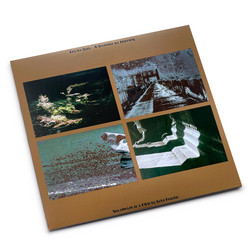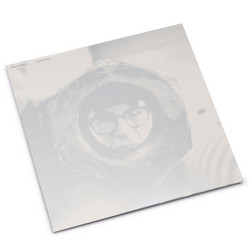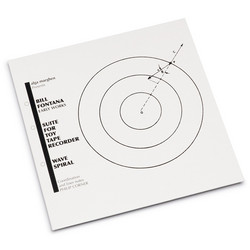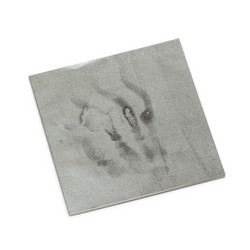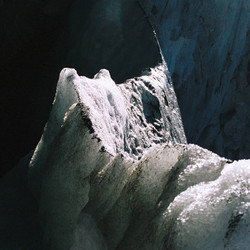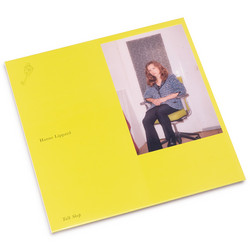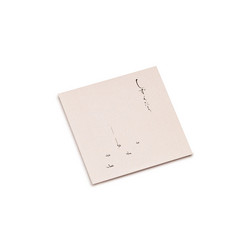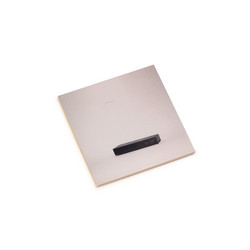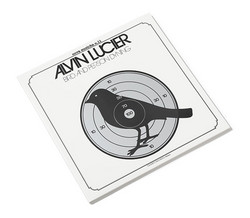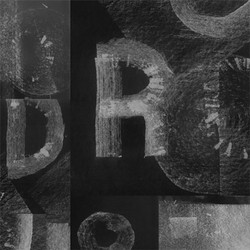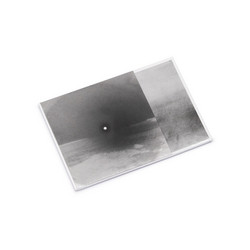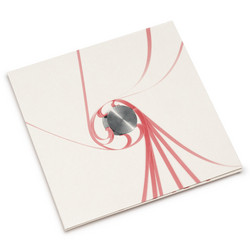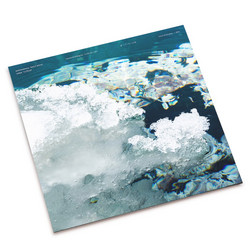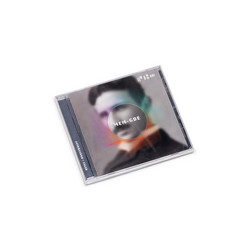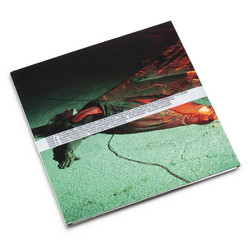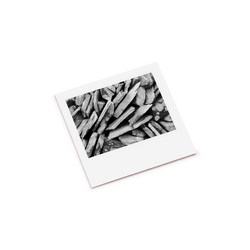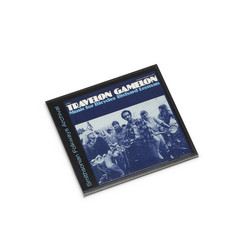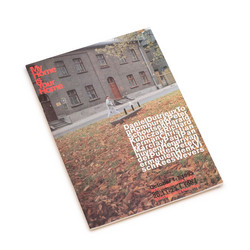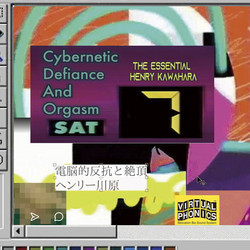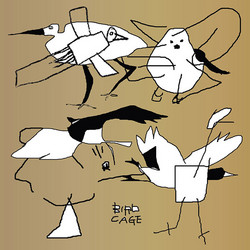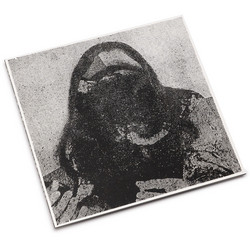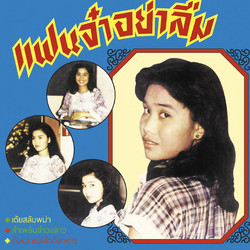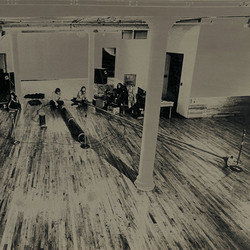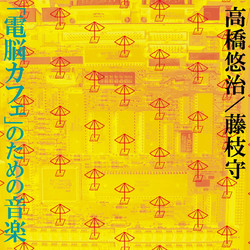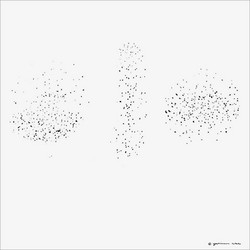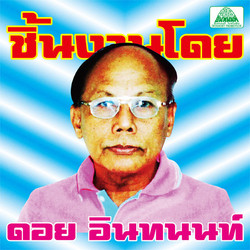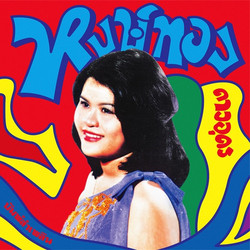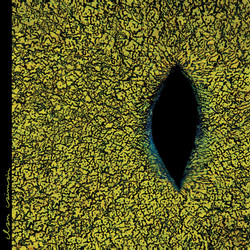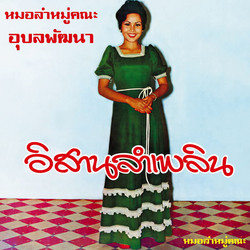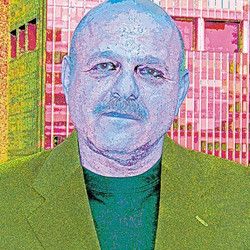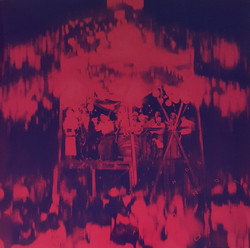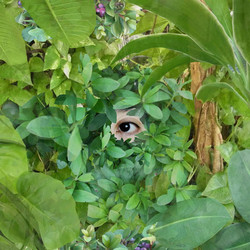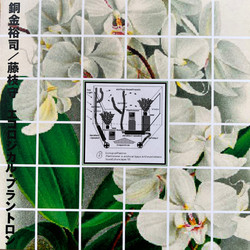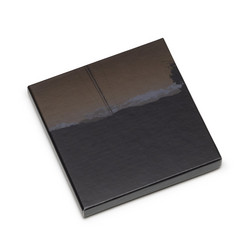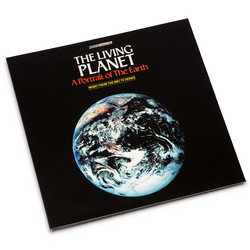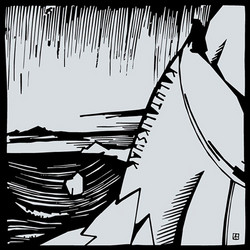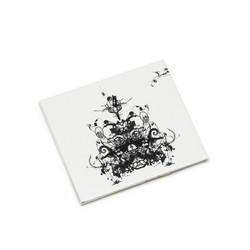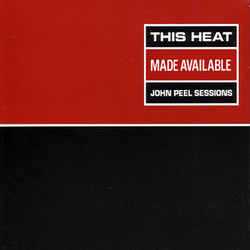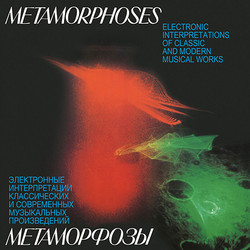Richard Lerman has spent over four decades gathering sounds that most of us never notice, amplifying the mundane until it reveals itself as magic. This deluxe two-CD set, featuring his classic 1982 Folkways LP Travelon Gamelon (Music for Bicycles) plus selected works spanning 1964 to 1987, offers an essential survey of one of American experimental music's most questing spirits. Born in 1944, Lerman belongs to the John Cage and David Tudor continuum of composers for whom all sound is potentially musical, but his approach is distinctly his own: using piezo microphones, self-invented equipment, and everyday objects to capture sonic phenomena that would otherwise escape our notice entirely.
Travelon Gamelon, featured on Disc One, remains Lerman's best-known work and exemplifies his alchemical approach to sound. The piece uses amplified bicycles as primary sound source, powered by masses of American and Dutch cyclists in Promenade Versions, and by performers on stage in Concert Versions. The result is utterly unlike anything else in the experimental music canon: a rippling, percussive gamelan made from spokes, chains, gears, and wheels, democratic in its execution (anyone can ride a bike) yet sophisticated in its sonic results. The Concert Versions reveal the compositional rigor underlying what might seem like happy accident, demonstrating how Lerman's "deceptively simple" scores produce extraordinary musical outcomes.
Disc Two surveys Lerman's broader practice, from 1964 tape music through 1970s works for traditional instruments, vocalists and live electronics, to 1980s pieces for live electronics and self-made instruments. The scope is remarkable: studio compositions sit alongside field recordings, political works addressing Chilean disappearances under Pinochet and Japanese-American internment coexist with pure sonic exploration. The 36-page booklet features scarce photos, extensive liner notes by Arthur J. Sabatini and Lerman himself, while CD-extra programs include scores and film footage of performances. This isn't just a retrospective; it's a complete immersion in a restlessly inventive artistic practice that refuses to separate sound from visuality, motion, site, theatricality, audience, and politics. Essential.
